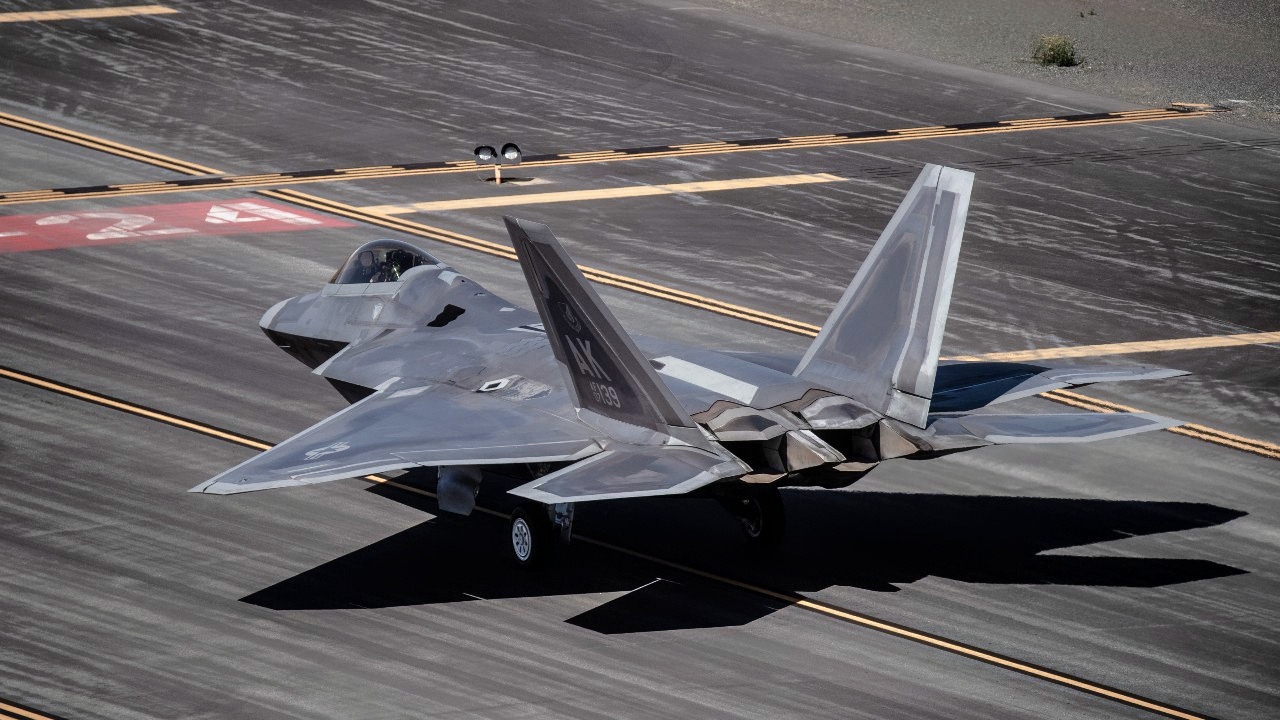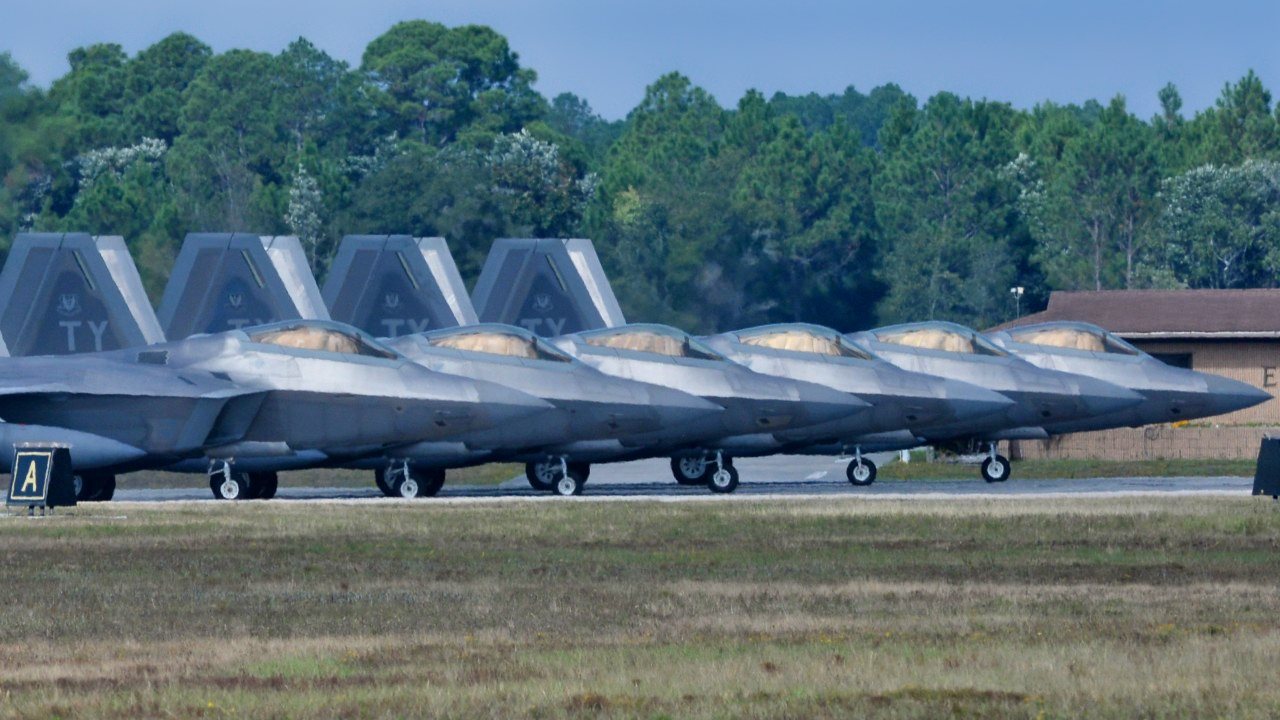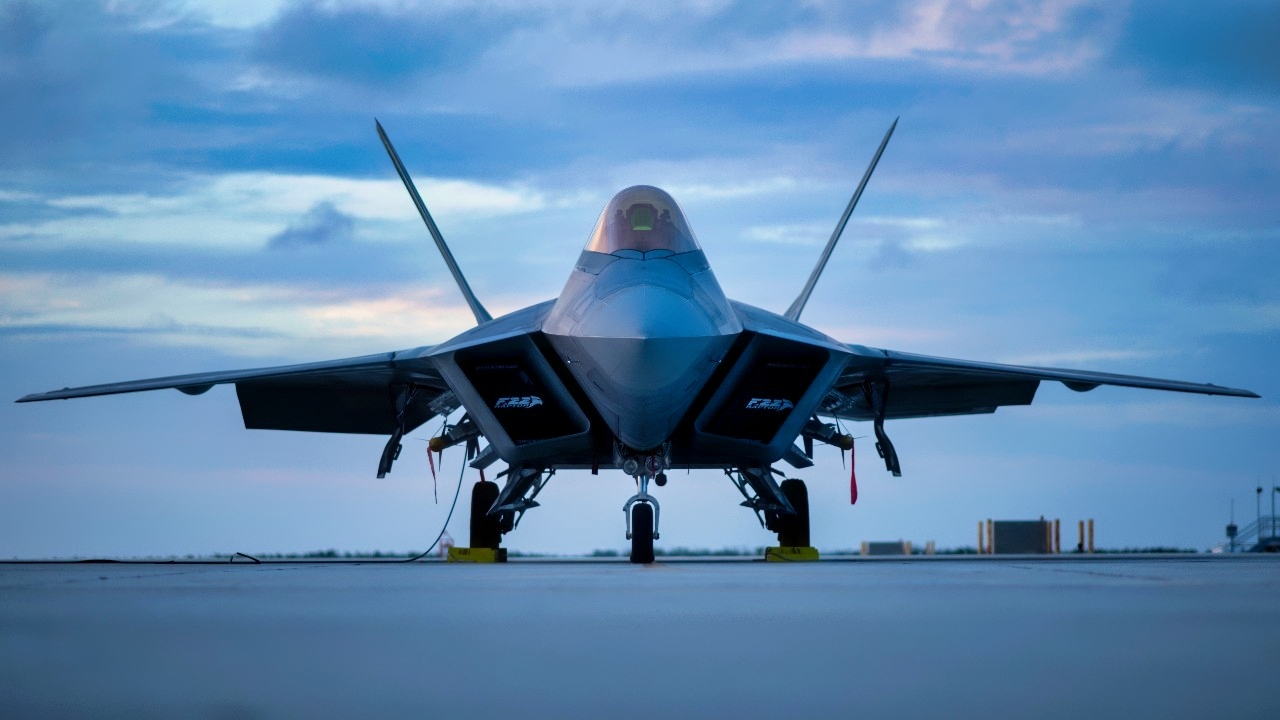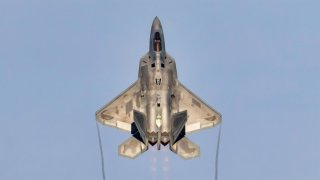FB-22: The Air Force Planned to Turn the F-22 Raptor Into a Bomber
The FB-22 concept, a bomber variant of the F-22 Raptor, proposed by Air Force Secretary James Roche in the early 2000s, aimed to adapt the Raptor into a stealthy, medium-range bomber.
What You Need to Know: The FB-22 concept, a bomber variant of the F-22 Raptor, proposed by Air Force Secretary James Roche in the early 2000s, aimed to adapt the Raptor into a stealthy, medium-range bomber.

-Designed to penetrate air defenses and deliver precision munitions, the FB-22 would have featured an extended fuselage, extra payload capacity, and potentially a second cockpit for a weapons officer.
-However, these modifications risked reducing stealth effectiveness, and range limitations confined the FB-22 to regional use.
-Ultimately, the Air Force abandoned the idea, choosing instead to develop the B-21 Raider. Despite its failure, the FB-22 laid groundwork for future bomber innovation.
FB-22 Raptor Bomber: A Missed Opportunity or a Good Call?
You know it as a fighter, but some of the Air Force brass had plans to make it a bomber at one point. The F-22 Raptor had a planned twin called the FB-22 that would have been bigger and maybe just as stealthy, although not as agile.
The Secretary of the Air Force was in favor of the bomber variant in the early to mid-2000s.
The program ultimately got axed, but the development of the FB-22 may have resulted in the starting point for the B-21 Raider stealth bomber.

Not a Bad Idea
Then-Secretary of the Air Force James Roche and others had an idea in 2003. What if they took a stealth platform that was extremely fast and maneuverable, and used it as a medium-range bomber? This would fill a hole in the arsenal. The FB-22 could have flown in close to enemy targets by sneaking past air defenses and dropping precision munitions such as the Joint Direct Attack Munition (JDAM) bomb. Roche was so excited that he wanted the Air Force to order 150 FB-22s.
The F-22 Was Tested as a Standoff Bomber
The potential use of a JDAM by the F-22 was actually tested in 2006. The F-22 pushed its capability to successfully test-drop a JDAM at a target. The Raptor was flying at 50,000 feet and at MACH 1.5. The bomb was dropped at 1,000 feet – 24 nautical miles from its target. This showed the F-22 could attack at a stand-off range.
It Was Going to Take A Lot of Work
Now, this was something to think about. Making the F-22 into a full-time bomber was going to take some changes to the platform. This meant an extra payload with a longer fuselage and probably a co-pilot/ weapons officer, maybe even a delta-shaped wing.

The added cockpit could have changed the stealth characteristics.
The larger payload and more bombs attached could also have also rendered stealthiness less effective due to changes in the radar-absorbent materials. The current F-22 can only hold two 1,000 JDAMs inside the airplane. External bombs on the wing hard points would have affected radar evasion. So that became a troubling pattern.
The more changes made would result in less stealth. Plus, the F-22 would have required extra fuel capacity. Refueling was also a concern. Flying deep into enemy territory would need at least one re-fueling and that would require a tanker to have greater range.
FB-22: A Stealth Regional Bomber: The Questions Mount
If the FB-22 could have been nuclear-capable and intercontinental, the changes would have made sense. But the FB-22 was going to be a regional bomber. If it were based in Guam, could it have reached Taiwan? If it were based in Germany could it have reached Russian targets? If it were based in Qatar could it have made it to Iran?
The FB-22 concept eventually failed and the brass opted for starting a new bomber program that became the B-21.
But you have to give the Air Force credit for trying. The thinking was: use an existing platform with some mature and innovative technology instead of designing something brand new.
About the Author: Dr. Brent M. Eastwood
Brent M. Eastwood, PhD, is the author of Humans, Machines, and Data: Future Trends in Warfare. He is an Emerging Threats expert and former U.S. Army Infantry officer.
All images are Creative Commons.


